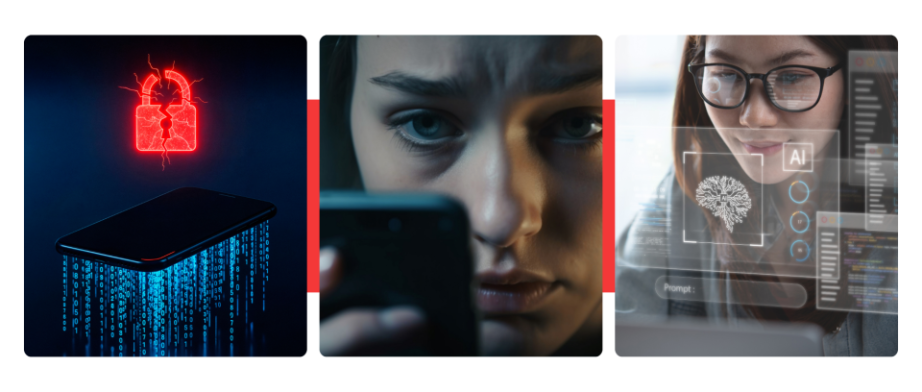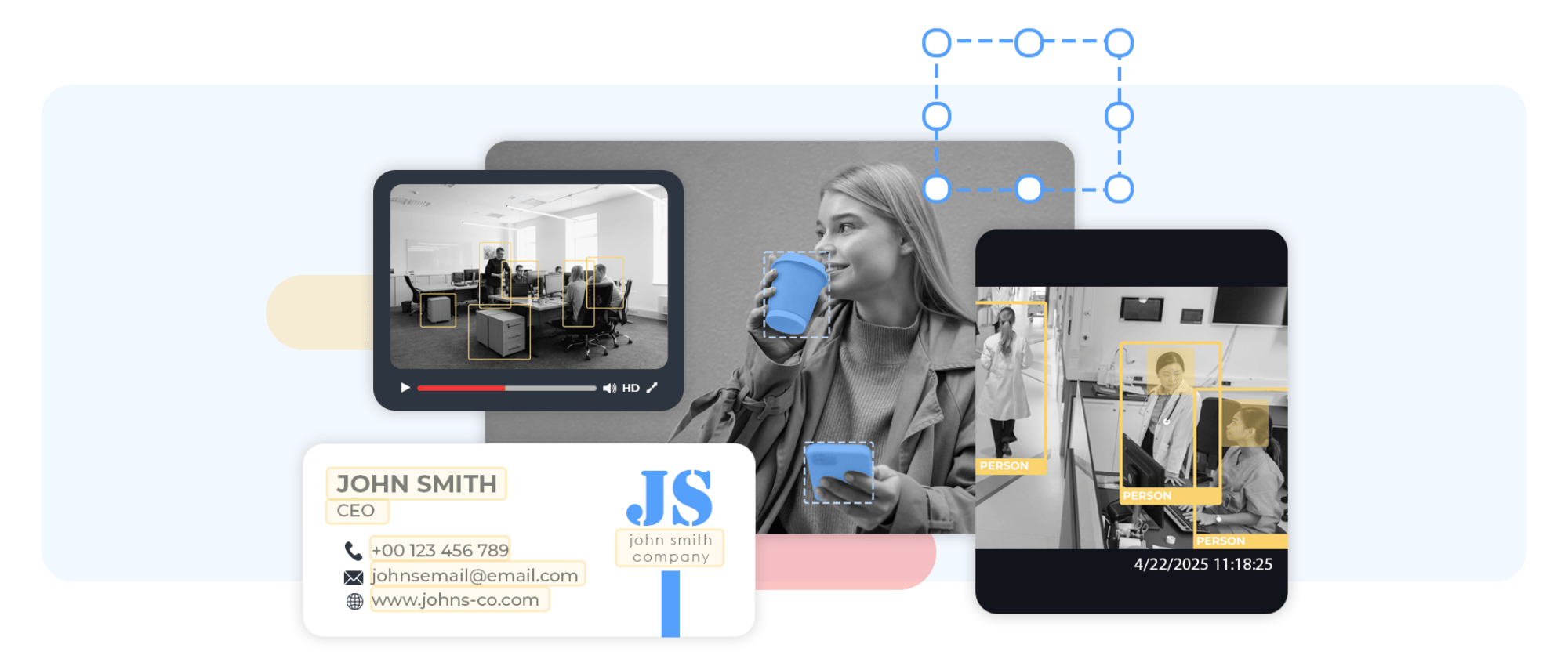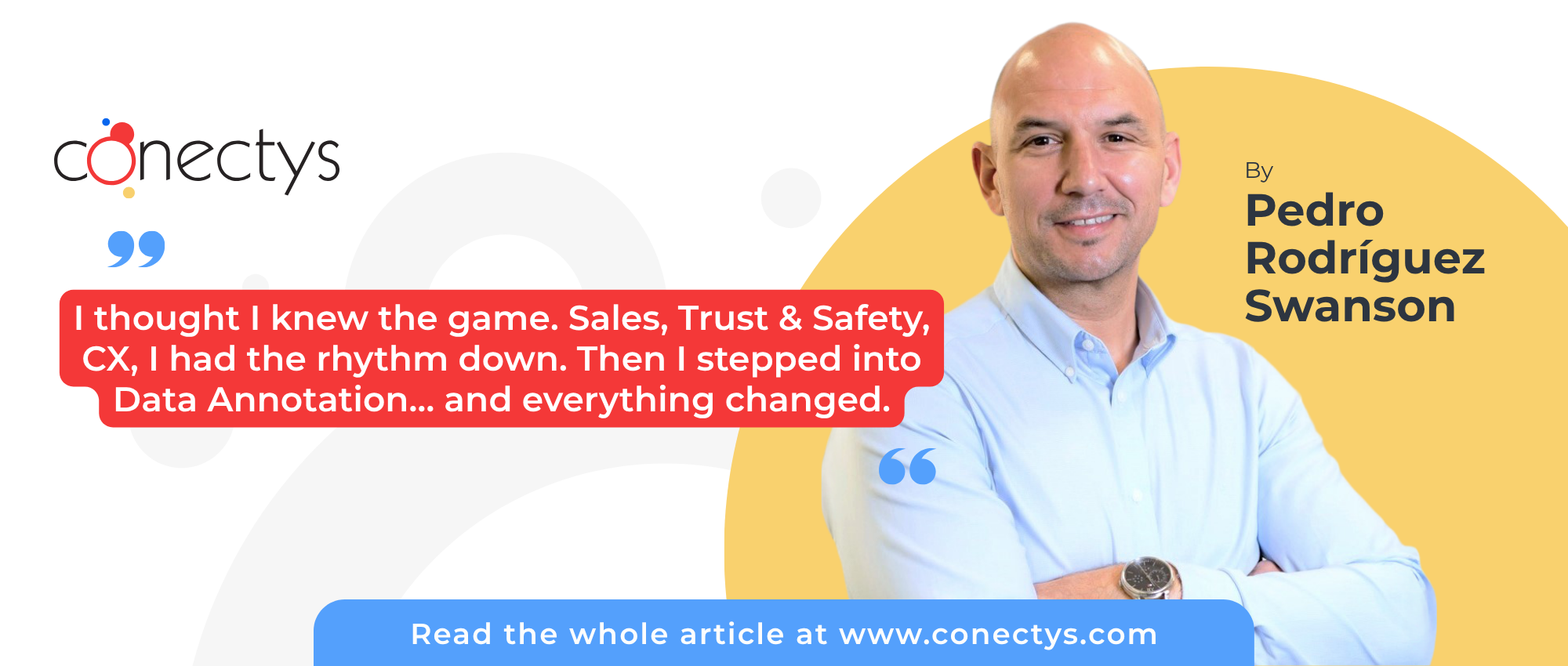Building a CX Powerhouse for the Software Industry Leadership
A well-designed Customer Experience (CX) strategy is crucial for the success of software businesses in the dynamic market landscape. Excellent products and strong brand awareness efforts cannot always guarantee long-term consumer value. Ensuring outstanding experiences can set IT solutions and services apart, boosting loyalty, trust, and attachment while contributing to sustained prosperity. However, many organisations in the software field face specific challenges related to CX, which need to be overcome effectively and carefully. These include intense rivalry, a constant drive for innovation, changing buyer behaviour, and industry verticals. Addressing all these issues makes it possible to efficiently build a CX powerhouse for leadership that establishes a competitive edge, fosters customer satisfaction, and promotes growth.
The IT market is characterised by substantial pressure, evident in various aspects of the industry, including increasing competition, rapidly emerging technologies burdening continuous development, an expanding range of available solutions offering customers a more comprehensive array of options to choose from, and evolving buyer expectations toward innovative and user-friendly experiences. Staying ahead is more complex and often requires unconventional thinking and a willingness to embrace disruptive strategies that challenge the status quo.
At the same time, there is an escalating demand for software products, which representation is vast and diverse, encompassing solutions for different purposes and industries. This trend is reflected in many statistics, as per one of the Grand Research Review stating that “the global software market size was valued at 583.47 billion U.S. dollars in 2022 and is projected to maintain a compound annual growth rate (CAGR) of 11.5% from 2023 to 2030”. The data demonstrates the dynamic nature and potential of the industry to excel and expand even more, presenting ample opportunities for the solutions’ manufacturers to attain a more substantial market influence, proving that going the extra mile can yield rewarding outcomes.
Therefore, in today’s competitive environment, the significance of an enhanced Customer Experience initiative cannot be overstated. Many global IT leaders already widely recognise and emphasise its importance, as well as the potential consequences of not having one, for example:
In summary, building a strong CX powerhouse in software organisation leadership is important when an IT business prioritises Customer Experience as a driving force in the overall market success.
The key guiding principle for achieving CX success in a software business
A CX powerhouse should offer valuable resources, including guiding principles, best practices, preferred strategies, suggested solutions, and winning technologies. Their brilliant selection, the right combination, and agile implementation are a direction toward delivering exceptional experiences, as they are aligned with the software company’s goals, needs, values, objectives, capabilities, and vertical or industry specificity. Among the key guiding principles, there are several that stand out as leading ones:
Putting the customer first: a priority for exceptional experiences
In the software industry, a CUSTOMER CENTRIC APPROACH is paramount for running an efficient business, creating engaging and enjoyable user journeys and optimising profits. By placing buyers at the forefront of decision-making processes, from initial exploration to post-purchase support, companies can ensure that all aspects of the CX strategy align with customers’ actual expectations and desires. What counts here is primarily data collection and management, consumer journey mapping and personalisation.
- Data Collection and Management empower software manufacturers to gain deeper insights into consumer behaviour and preferences. These serve as a starting point for various initiatives putting buyers first. By leveraging diverse data sources, including support channels, historical interactions with agents, activities through websites or IT solutions, and subjecting this information to sentiment analysis, it is possible to enhance the understanding of each individual and make informed decisions accordingly. However, ensuring adequate data protection policies and tools that allow constant compliance with up-to-date legal regulations, data breaches, and cyber threat mitigation is critical while fostering a culture of trust and transparency among customers.
- Consumer Journey Mapping is another vital component of customer-centricity within the CX strategy. It entails gathering information about the specific interaction points between buyers and manufacturers, allowing for a comprehensive assessment of the entire customer journey. This process helps identify pain points, uncover areas for improvement, determine what customers prefer and where they face challenges, and recognise opportunities to enhance their overall experience and efficiently address their concerns.
- Personalisation emerges as a pivotal element in the CX strategy, allowing software manufacturers to provide individualised experiences across multiple touchpoints using the insights derived from data capturing every customer interaction. With personalisation, software companies can customise all interactions directed towards their target segments, providing bespoke care and support, catering assistance, relevant recommendations and specific communication, all aligned with user needs and preferences. This approach can increase customer satisfaction and retention, create meaningful and engaging experiences, and fuel revenue growth.
Delivering consistency across multiple channels
CONSISTENCY is another puzzle of the CX powerhouse initiative. It involves ensuring a coherent and unified message across all communication channels and providing customers with a seamless experience that aligns with the brand’s values and promises, regardless of the touchpoint they interact with.
- Omnichannel Integration enhances CX operations by consolidating consumer data into a centralised information hub. This allows for a holistic view of customers and their interactions, ensuring a cohesive experience regardless of the engagement channel chosen by buyers. In this case, businesses should employ a multichannel CRM solution enabling streamlined management, efficient client identification, tracking of interaction history, personalised communication, and the execution of automated tailored campaigns. The system can also allow software companies to effectively utilise data to deliver a more seamless and targeted customer experience.
- Consistent Support is critical in the software industry, ensuring that customers receive the same level of assistance and experience quality, regardless of the communication channel they choose or when they reach out for help. It entails providing accurate and relevant information, promptly addressing inquiries and issues, maintaining a coherent tone and approach in communication, and following through on customer commitments. By implementing the concept, IT organisations can build trust, enhance customer loyalty, and strengthen relationships.
Ensuring relevant CX quality levels and continuous improvement
Delivering a SWIFT AND HIGH-QUALITY CUSTOMER EXPERIENCE is crucial in the software industry to meet customer expectations and drive satisfaction. Given the significance of speed in digital CX strategy, automation technologies are vital in providing faster and more efficient services, reducing workloads, and minimising errors. By implementing CX measuring and collecting feedback, IT companies can gain valuable insights into the effectiveness of their CX initiatives, optimise customer interactions, and make necessary improvements when needed.
- Speed-to-consumer can be empowered through various technological enhancements. One of these is routine task automation with RPA solutions, which boosts activities like data entry, order processing, and customer service inquiries, allowing support teams to provide rapid, accurate responses and more personalised care. In addition, a ticketing system aims to help human agents prioritise coming issues based on urgency and relevancy, enabling them to address the most significant requests first and simplifying the customer support processes. Additionally, AI-driven chatbots can handle common queries in a self-service model, providing real-time 24/7 support for urgent matters and offering the resolutions the same way as people would, swiftly and efficiently resolving basic inquiries without immediate human intervention.
- Measuring CX for constant improvement may also significantly impact organisational growth in IT. Businesses can better understand the current situation and customers’ attitudes by analysing satisfaction, loyalty, churn, CX process productivity, and other relevant factors. This allows them to identify areas for improvement, estimate growth potential, and make data-driven decisions to enhance CX processes where it is most needed and beneficial. By continuously measuring and evaluating CX metrics using relevant key performance indicators (KPIs), software companies can identify patterns and implement necessary improvements based on customer feedback, adapt their strategies and tactics accordingly and improve overall business performance.
Harmonising AI-driven innovations and human interactions
BALANCING TECHNOLOGY AND HUMAN EMOTIONAL INTELLIGENCE is still necessary for many consumers. While AI-driven tech solutions, including Machine Learning, Deep Learning, Predictive Analytics, and Conversational AI, have revolutionised the software industry’s CX approach and enabled businesses to engage customers more efficiently, with faster response times, enhanced personalisation, and improved profitability and agility, they cannot replace the human touch entirely. It is true that AI-empowered tools now replace company agents in specific tasks, like first-line support. However, consumers still expect to contact flesh-and-blood persons, especially when needing empathy and understanding to address complex inquiries or requests.
Verticality: a crucial factor for relevant CX strategy in the software industry
Alongside the guiding principles, software organisations should also consider the verticality of industry solutions when developing a Customer Experience strategy. This encompasses the applications that cater to various purposes, industries, and areas of interest. A successful CX initiative must then address the unique characteristics and user experiences associated with different software categories, which include:
Software industry verticals
Specific guiding principles for the CX strategy
Foundational software, such as desktop, mobile, and online applications, web services, and SaaS solutions, serve as the building blocks for more comprehensive installations.
In the context of foundational software, key aspects of CX should primarily be considered, such as ensuring a positive and satisfying user experience, efficient functionality, and robust data protection. Additionally, it is important to provide timely and knowledgeable support to address user inquiries, provide expert assistance, and resolve any issues that may arise.
Tools designed for specific purposes, offering features like multiplayer functionality, collaboration opportunities, data analytics, communication options, e-commerce capabilities, and more.
It is necessary to ensure a positive and satisfying experience, efficient functionality, adaptability, seamless integration, and robust data security within the CX strategy. This involves helping users achieve their goals effectively and efficiently. Additionally, providing relevant training, knowledgeable technical support, and responsive and reliable customer service is important to quickly address inquiries and solve problems.
Targeted solutions that support specific sectors of interest, such as healthcare, finance, sport, food, gaming, entertainment, etc.
When developing software solutions for specific sectors, key aspects of the CX strategy must include domain expertise, personalisation, compliance and security, a sense of belonging to communities, seamless integration, and sector-specific analytics and reporting. These elements boost user satisfaction, efficiency, and relevance within the target segment.
Exploring key factors: In-house vs outsourced Customer Experience?
Choosing an outsourcing partner to empower Customer Experience can be a strategic solution for software organisations with limited resources or expertise. It allows them to focus on their core business and foster growth without making substantial investments while entrusting other processes to skilled professionals.
When selecting a BPO provider, it is crucial to prioritise key factors such as team expertise, language proficiency, scalability of services, domain knowledge, geographic coverage, innovative technologies, partnerships, and budget-friendly options. Ensuring that the chosen partner aligns with your specific needs and goals is essential for a successful collaboration.
In the case of the software company, what counts significantly is a deep understanding of the industry and solution specificity, including its unique challenges, trends, and customer expectations. Another important factor is tech proficiency in handling all the technical aspects of CX operations effectively.
Summary
Promoting a positive Customer Experience is crucial for software companies to thrive in the competitive market where many players fiercely compete to attract user attention and devotion. Implementing a strategic framework, embracing best practices and technologies, and balancing AI and human touch, are key to becoming a successful software CX powerhouse, differentiating, cultivating customer loyalty, and securing a larger market share.
What is worth remembering
Ensuring outstanding experiences for software users is critical in determining IT businesses’ market success or failure.
Achieving long-term prosperity, however, demands a new approach to the Customer Experience initiative.
Software organisations must go beyond conventional support practices while building a CX powerhouse for leadership.
It requires a strategic framework covering best practices, innovative concepts, emerging technologies and the human touch.
It is about prioritising customer-centricity, multichannel consistency, high-quality CX, improvement, and harmonising tech and human support.
Among the tangible benefits, enhanced loyalty, trust, revenue growth, and sustained long-term prosperity can be found.
















